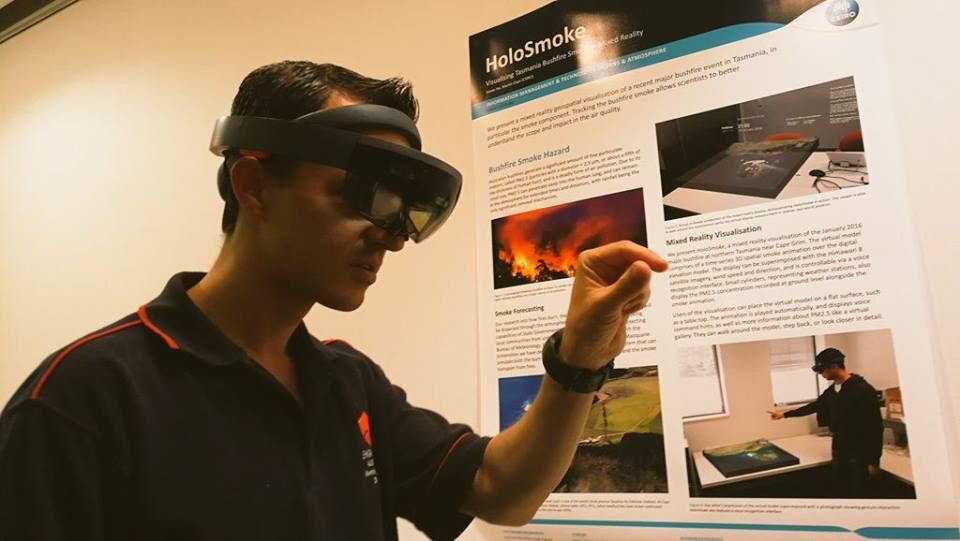Blog
Makers of Curtin - Matteo Vinci
April 29th, 2018 by Karen Category: Makers of Curtin
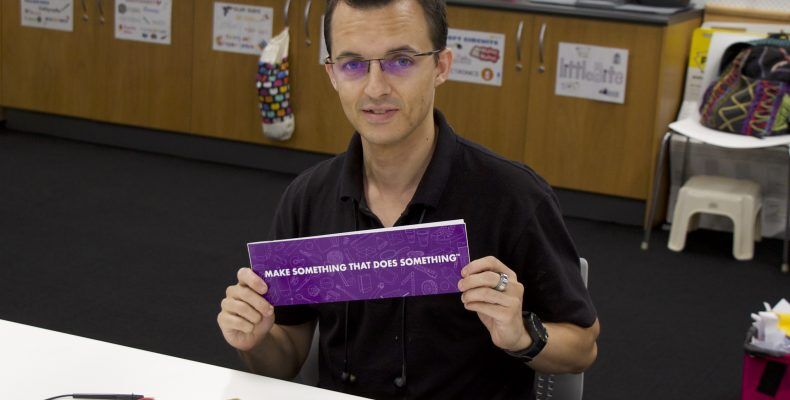
Our Maker of Curtin this week is Matteo Vinci, a first year Engineering student who also works in the Makerspace as a Library Student Assistant. Before coming to Curtin he studied Electronics Engineering at TAFE and worked in various industries in IT and Communications/Electronics.
Matteo, what kind of things do you like to make?
It’s a bit varied. I’ve always been a tinkerer—pulling things apart and getting to the guts of something to ask: ‘Why is this the way it is?’ I like looking at things and how they are designed, and thinking how they can be designed better. So I not only enjoy making but also like the critical analysis of design, and I have an interest in making things easier for people.
I enjoyed my TAFE studies because we did a lot of mini-projects which involved playing around with electronics, putting stuff together and analysing how it works. At uni you go deep into the theory, but you don’t always get the time for playing around with different variations. So electronics is my main enjoyment – I like seeing what you can do, for example in terms of automation and the internet of things.
Making for me is about finding things out: if I take this apart and plug this in another way, will it break, or will it work differently? That’s how I like to learn. You can read a manual and put something together and say ‘Wow, I’ve built that now’, but you don’t get an appreciation of how it really works if you’re not experimenting along the way and finding out why it does that.
That’s what’s great about things like Lego Mindstorm. You can build what’s in the manual but then you start thinking: ‘What else can I make with that? How can I program it differently?’ These tools are allowing people to make things that are creative and useful, while learning a lot of new techniques along the way. And that makes it quite exciting.
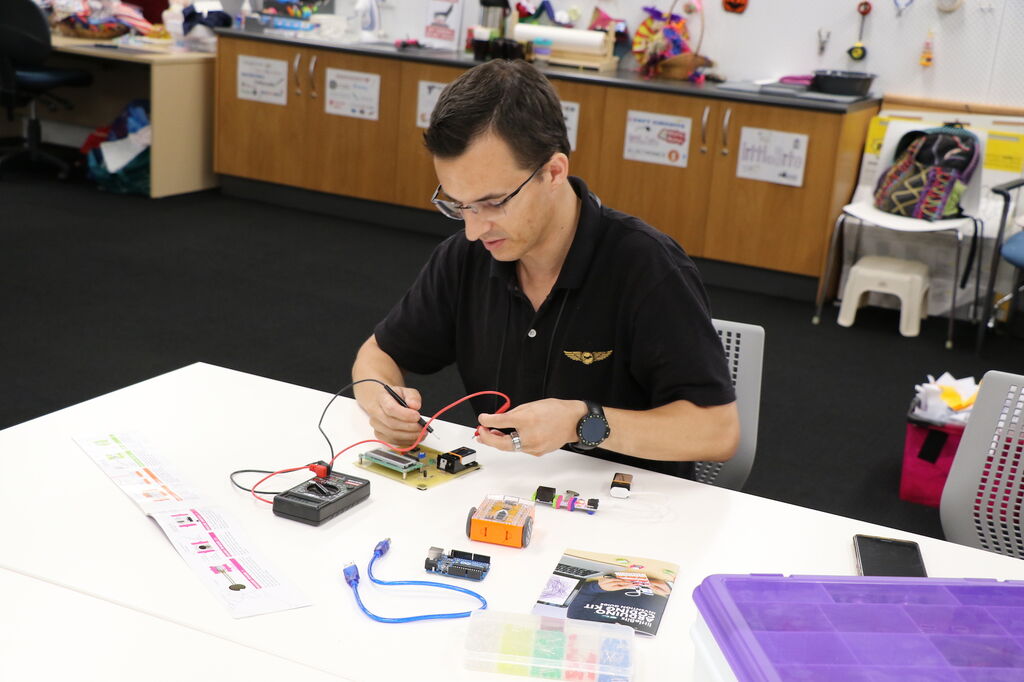
Can you tell us about this thing that you have made?
This is a temperature alarm, a design project from my TAFE Advanced Diploma. Visually, it’s not elegant, but it fits together quite nicely. It’s got a small micro-controller – these days people probably aren’t programming them the way I did, as I was using assembly language, so I had to put in each line of code, move bits into registers and so on—it is still similar to what people do today with programming Arduinos but it was at a much more fundamental level, about how microchips work, so it did take quite a bit of time. Making this also involved integrating the temperature sensor and the push button, learning how they operate and how to program them correctly. There are two modes that tell you the temperature on the screen, with a minimum and maximum temperature – if it drops below a set minimum temperature it flashes green and if it goes above the maximum temperature, the red light will flash. I designed the circuit board using an electronics version of Autocad, etched the circuit and soldered. I was quite amazed when I actually had it all working—you get much more appreciation for something having gone through the whole process yourself. So I’ve kept it around as inspiration for other projects.
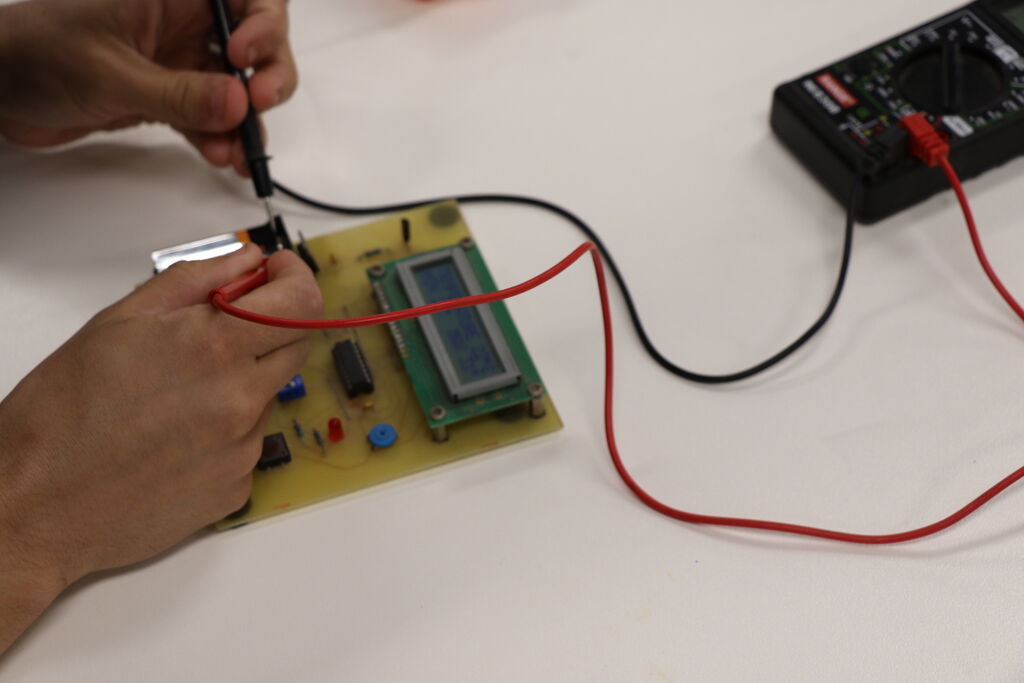
What do you get out of making?
It is the sense of accomplishment, the feeling that ‘I can make this real thing that does something useful’. That’s not to say that things like LittleBits are not great—you can make some really cool experiments from plugging modules together, but you might not get that full in-depth understanding of how each of those circuits work.
With LittleBits, though, you can learn the logic of electronic circuits. If I plug this switch into a sound module, what is going to happen with these pressure sensors? Maybe I can turn that into a door alarm? And how can I extend that? Can I send a tweet from it, using the internet module? From there you can then think about how to build and code it using more fundamental components such as an Arduino.
There is so much flexibility with all the different tools available – you don’t have to start from scratch and you don’t need a PhD in electronics to design and make something. Things have evolved to the point where you can just buy the parts easily from an electronics store and put them together—so things have changed quite dramatically from 10 years ago.
Can you talk a bit about the process of making?
The main thing is not thinking that the end goal of a project is all there is. People get too stuck on the end goal, and think that if they make a mistake along the way they have to start again. Instead, you need to look at it as a whole process, to think ‘this hasn’t gone right, but there might be a better way to do it’ or ‘actually, I’ve come up with a good idea I can integrate into my project’. So it’s not just looking at it as making some thing, but it’s the process of learning how to make what you want. It’s important that you don’t see mistakes as failures but rather as opportunities to build up your tool-kit of knowledge so that when you start another project, you have resources to pull from.
What sort of work do you do at the Makerspace?
My role involves a little bit of everything to help the Makerspace tick along and grow. I help out people who use the space, provide some input for things that I’ve seen in other places, make suggestions of how we could improve the space, and get to know some of the areas that reflect my own interest. It’s been great getting back into playing with electronics, and seeing what I can do with developing workshops, small video tutorials, and putting stuff on the website—it is quite a varied role and I appreciate that I’ve got the opportunity to make a contribution.
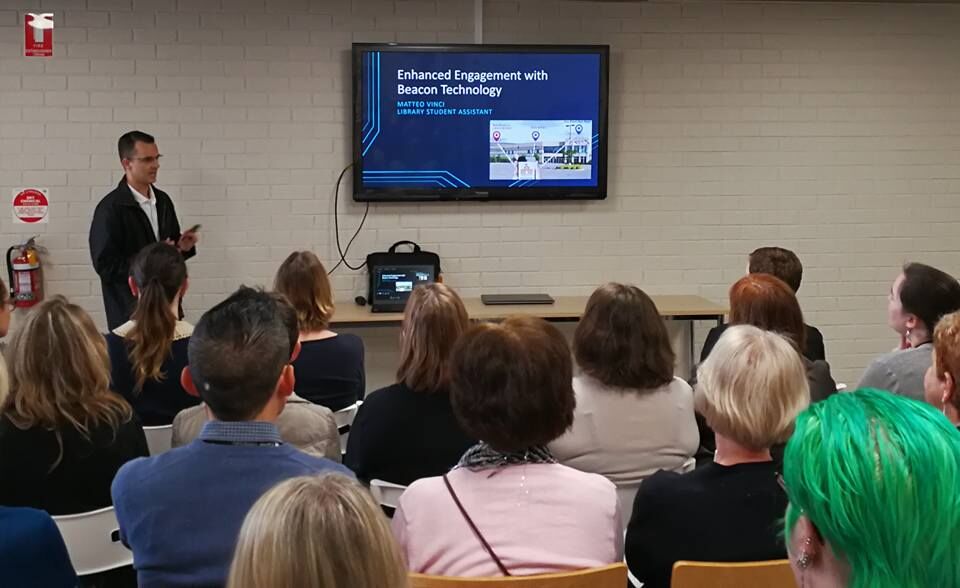
How do you use the Makerspace as a maker?
In one way it helps me detox my mind. I have varied interests and they can be compartmentalised at times, and so the Makerspace is a relaxing environment where I can bring that knowledge together in an inclusive and relaxing space. I’m also learning more about myself in terms of my interests, finding new ways to be creative with ever evolving media and tools. It is a much more accessible time to bring ideas to life.
The collaboration with students from other disciplines is perhaps the biggest benefit—the Makerspace provides the opportunity to be around people with different interests and to bounce ideas off them. It is also a way for me to stay engaged with different technologies and explore learning in a new way.
Thanks Matteo!
Matteo can be found at the Makerspace (especially on Thursdays), and on Twitter @matteovinci and Facebook https://www.facebook.com/matteovinci
